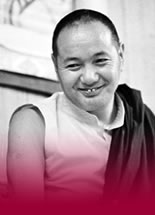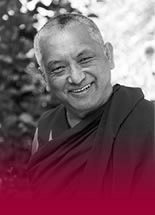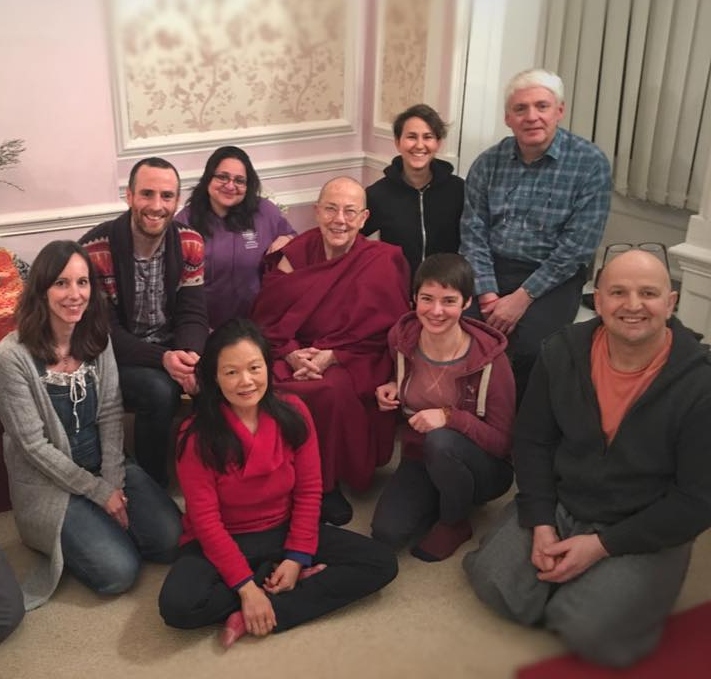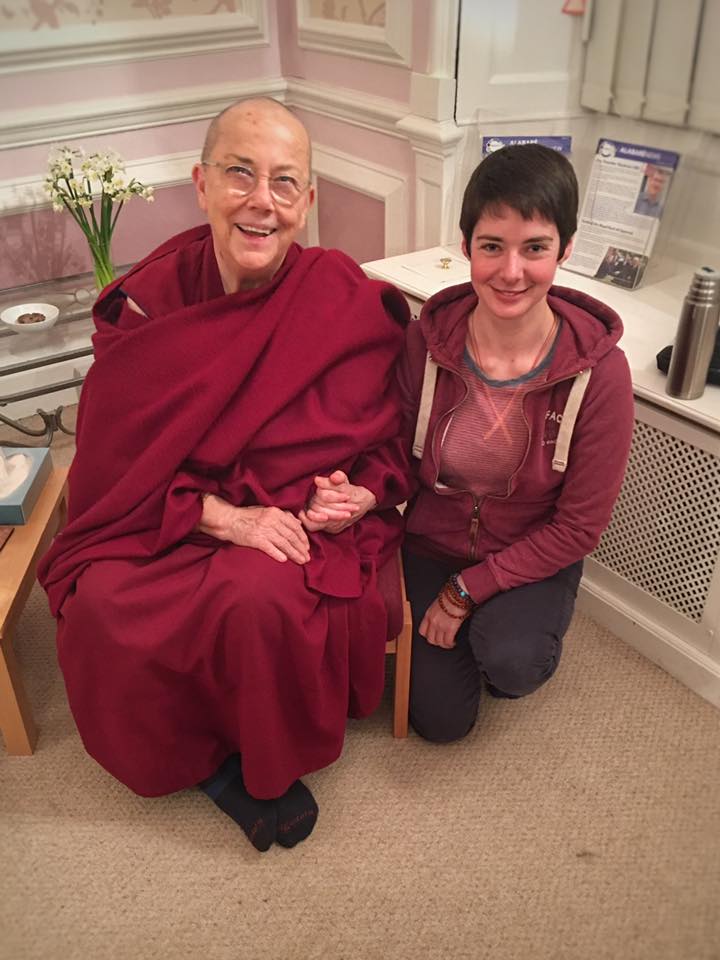Travel Blogs
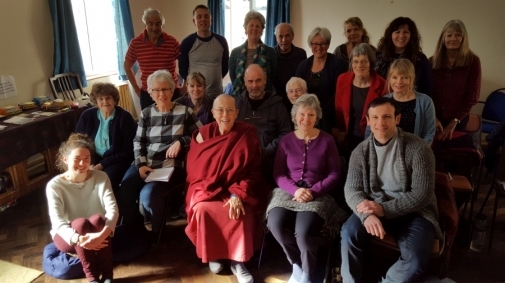
Our group in Bath.
26 March, 2017 | United Kingdom

It was straight to London from Riga, February 6, for two months in the UK. From Heathrow I took a train to London. As usual, instead of flying, my usual method of getting around the world, I got myself a senior’s train pass that allowed me to go where and when I wanted. Virgin trains are the best! Good WiFi, and they even serve a decent dinner on some long journeys. As shown in the map above, I had to go from one end of the British Isles to the other.
London, of course, is where I start, and where I prefer. My father was born here and, as I’ve discussed before, I spent my early 20s here, moving through my various philosophical views about the world; a pretty intense time. So, of course, I have soft spot for the place. This time, as always, I walked around the West End, including St James’s, Soho, Belgravia, as well as Westminster on my back to Jamyang Buddhist Centre in Kennington, not far from Elephant and Castle.
The walking was mostly for the enjoyment of London, but also in preparation for our trek to Lawudo, scheduled for April 5. As I mentioned in Postcard 77, I attempted to do some walking in France, but never enough. Ideally I should have been walking in hills and the countryside, but that’s totally boring! I prefer to walk in cities.
I visited an old friend, Mary Clemmey, whom I hadn’t seen for 45 years. She’s a literary agent. My sister Jan and I worked with her in a group she established in 1971 called Friends of Soledad, which I’ve mentioned in the past. She was the agent for George Jackson, who became a cause célèbre for his letters from prison, published as Soledad Brother, and who was one of the three young black men who’d been accused of murdering a guard at Soledad Prison, in California, in 1970. She still works as an agent; one of her clients is Bishop Tutu of South Africa and she organized the publishing his latest book, written with His Holiness the Dalai Lama, The Book of Joy.
Mary took me for a walk in the famous Hampstead Heath in the north of London. I must say it was the first time I’d even been there, even though I’ve lived in London off and on since 1968!

With my old friend Mary Clemmey, a literary agent in London, whom I worked with at Friends of Soledad, in London years ago.
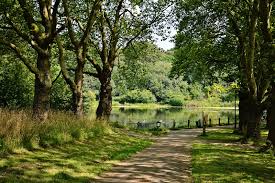
I went for a walk on glorious Hampstead Heath, in north London, and below is the route of a more typical walk, around the streets of London.

As always, I stayed at Jamyang Buddhist Centre in Kennington, in one of the tiny former cells in what used to be a courthouse. Then on to Salisbury in the southwest, and then by train to Scotland.
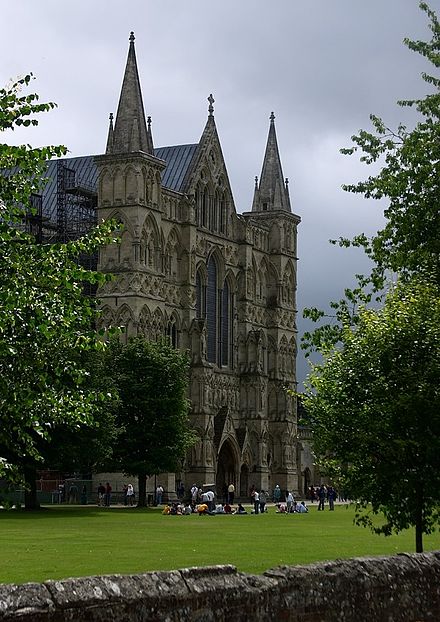 |
|
The train to Findhorn in Scotland ended up being complicated because there a derailment of a another train, so I had to stop over in Newcastle.
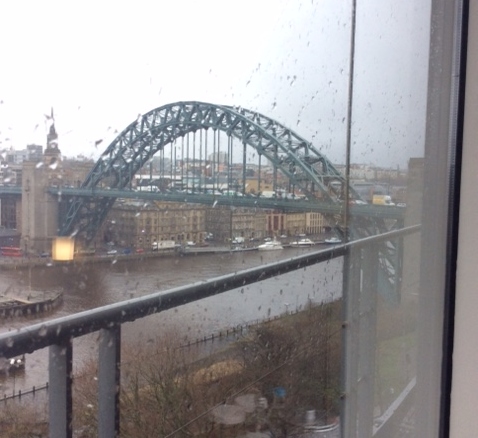 |
|
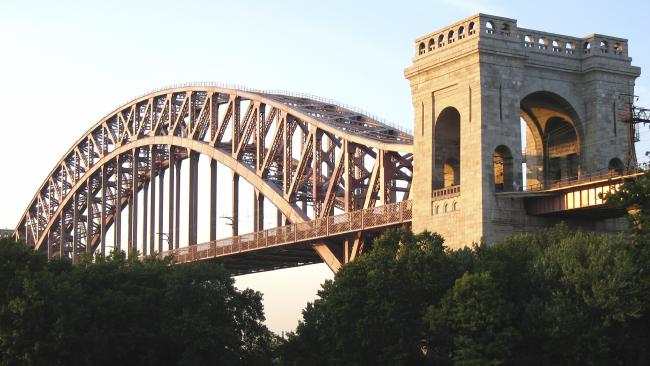 |
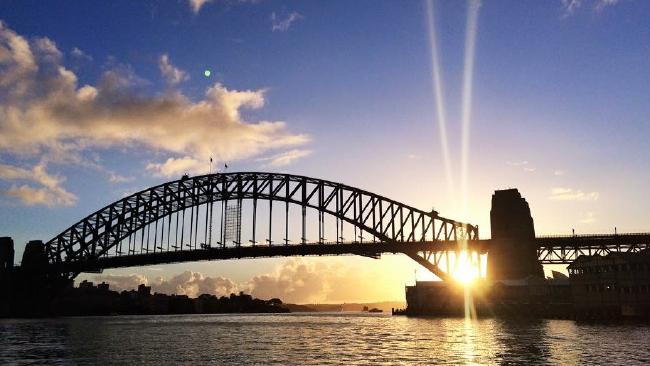 |
Outside my hotel window in Newcastle, left, was a bridge obviously inspired by Sydney’s, bottom, which, in turn, was inspired by New York’s Hell Gate, above it.
One advantage of train travel is the the time and space to work. I’ve nearly finished Lama Yeshe’s amazing teachings on mahamudra, which Wisdom needs in May. Here’s some what I’ve written in the preface.
“In this Sutrayana technique, the practitioner starts by focusing on the clarity of their own mind, then, once they have achieved a reasonable level of concentration, they utilize 'a subtle awareness,' as the Panchen Lama says, to 'investigate intelligently the essence of the individual who is meditating, just like a small fish that moves in lucid waters without causing any disturbance.' This culminates in the experience of emptiness, Lama Yeshe explained.

Lama Thubten Yeshe, in 1974. Photo unknown.
“At the retreat, many of the teachings were given as guided meditations. Lama inspired the students to go beyond ego’s addiction to a limited sense of self and to taste the lightness and expansiveness of their own mind, their own very being.
“As always, his words are not only experiential but also direct, funny, deceptively simple, and incredibly encouraging – enlightenment seems possible. And, as always, in his desire to counteract a tendency in the minds of materialists to mystify meditation, he brings the instructions right down to earth, making them doable even by beginners. He goes to incredible lengths to explain the meaning of what would otherwise remain merely intellectual or arcane.
“And there is no limit to Lama’s creativity in finding ways to do this! For example, he uses 19 different terms for “delusion,” the word used in Buddhist psychology – which is renowned for its intellectual rigor – to refer to states of mind such as attachment, anger, and the primordial clinging to an independent self. Some of the terms are variations of accepted synonyms but most are his own creation: artificial concept, contradictory concept, dualistic concept, dualistic puzzle, dualistic thought, fanatical thinking, fantasy, hallucination, hallucinated projection, hallucinated vision, impure concept, limited concept, misconception, mistaken concept, negative mental energy, negative thought, projection, superstition, wrong conception.
“Lama Yeshe’s easy-going style and casual words belie the reality that he was a scholar but are, perhaps, evidence that he was also a yogi, a knowledge-holder (in Tibetan, tenzin). It all sounds so easy because he is speaking from his own direct experience.
“At the end of the retreat Lama gave the students a taste of mahamudra from the perspective of Tantrayana, in keeping with the tradition of the lineage lamas, all of whom, he says, became enlightened by practicing these methods. It is in relation to this level of practice that the subtitle of this book, “Enlightenment in One Lifetime,” becomes relevant.
“Lama Yeshe’s main disciple, Lama Thubten Zopa Rinpoche – who took over the spiritual direction of the FPMT after Lama passed away in March, 1984 – has said about his guru:
‘He was a great tantric practitioner, a real ascetic meditator, even though he didn’t live alone in a cave. Lama was a great hidden yogi. He was a valid base to be labeled “yogi” not because he could perform tantric rituals but because he had unmistaken realizations of clear light and the illusory body. He had reached the stage of tantra mahamudra.’”
I stayed in the UK till the end of March: Land of Joy, Rinpoche’s only residential retreat center there, in the lovely countryside of Northumberland, just south of the border of Scotland. Then on to Leeds, Somerset, Bath and Cumbria. 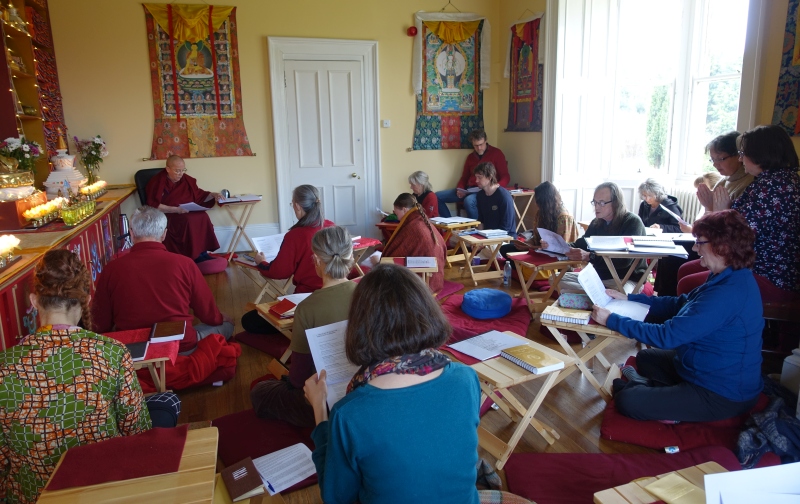
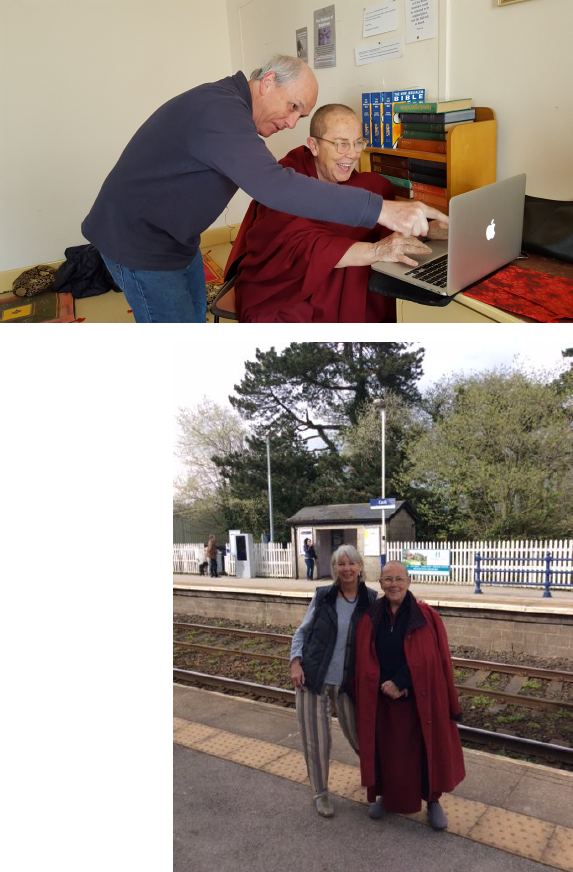 |
|
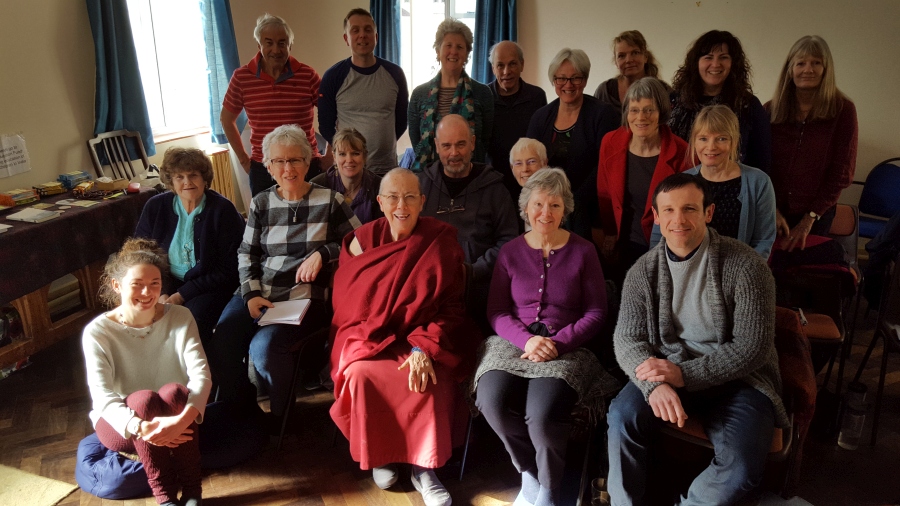
Our group in Bath and, below, Alison Murdoch, Shan Tate, and a friend in Shan’s walled garden in South Petherton, Somerset.
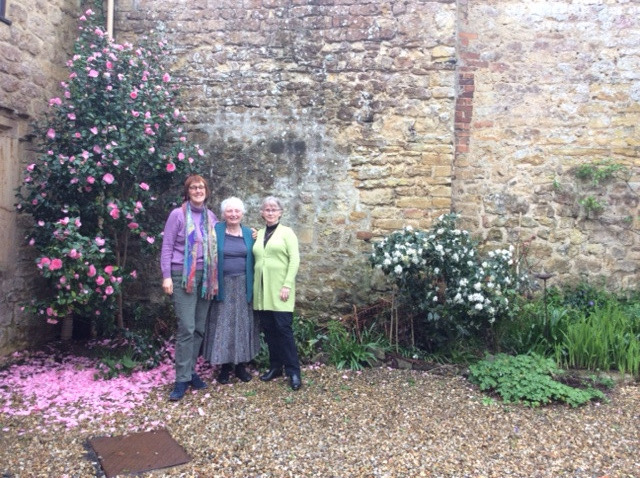
And now, at last, I’m off to the Himalayas, climbing up to Lawudo, Rinpoche’s cave in Nepal. I’ve been dreading it all year – and, of course, looking forward to it.
